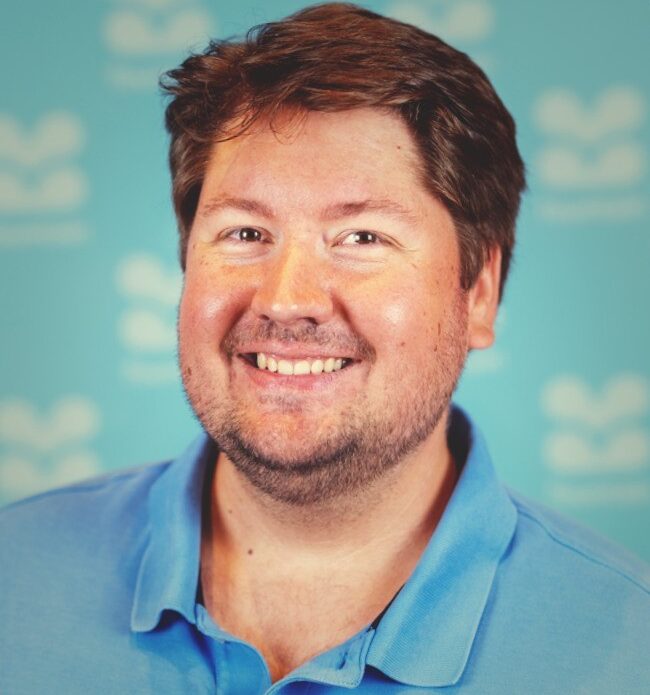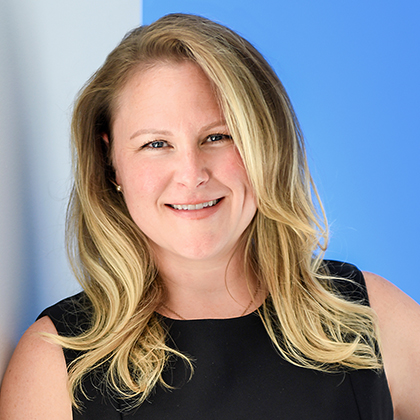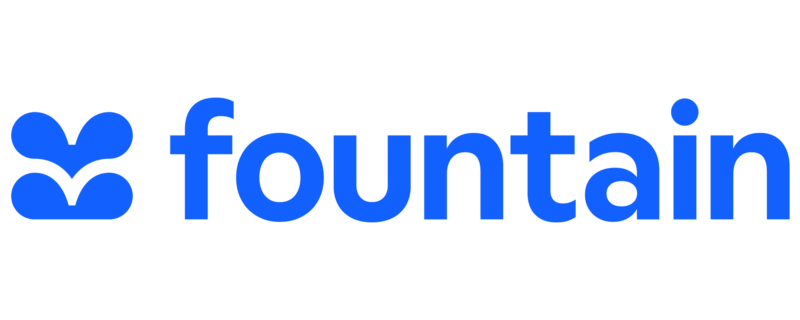Elevate your hiring game from instant interviews to the 10-minute hire
A smooth, fast recruiting experience is cost of entry for attracting frontline hourly workers.
Healthy candidate flow is also an issue. Not having enough applicants is an obvious problem — but so is having too many.
In the era of artificial intelligence, frontline hiring poses unique challenges and opportunities for senior HR leaders.



In this exclusive UNLEASH webinar, Fountain’s Chief Business Officer, Nico Roberts, and Sterling’s EVP and Head of Technology, Joy Henry, discussed the secrets to frontline hiring success. Spoiler alert, tech and AI are critical for achieving high-volume hiring at scale.
The webinar kicked off with a discussion of the top hiring challenges facing frontline organizations.
According to a poll taken during the session, high turnover rates and a continuous flow of qualified candidates were the top challenges – followed by issues with managing high applicant volumes and screening candidates, at speed and scale.
Commenting on the poll results, Fountain’s Roberts shared that “folks are still switching jobs quite frequently” – the hiring tech company’s data shows that there is a 230% increase in frontline workers having two or more jobs in the last year than any other period in the last decade.
Fountain is now not just focusing on pre-hire or the front of funnel, but also the post-hire retention side to “figure out how do we get that worker to stick around just a little longer”.
This begs the question, how can frontline organizations fix these challenges, and drive better hiring experiences for recruiters and candidates alike?
UNLEASH is recognized by SHRM to offer Professional Development Credits (PDC) for SHRM-CP or SHRM-SCP recertification activities.
Fixing hiring in 20 seconds, 2 minutes, 2 hours
For Henry, given that Sterling is a background check company, the key is for HR and recruiters to treat candidates as customers – and finding ways to get them into the process, and then keeping them engaged and committed so you end up with a skilled worker at the end.
In high-volume situations, like frontline hiring, this needs to be very smooth – “there cannot be any friction in the process”.
Candidate expectations have changed; they expect more than ever before.
It may feel like over communication, but Henry shared that applicants want to know how the process will run, and what the next steps are, and if you get that right – video is an innovative way to do this – then they’ll stick with you.
Fountain’s Roberts added that it is essential that companies figure out how to balance speed, accuracy, and quality with hiring.
If you go too quickly, but you don’t have the quality, then the churn numbers at the back end start to pile up. But if you go too slowly, really trying to home in on that quality side, you’re probably going to miss out on those applicants” ; they’ve already accepted another job that moved quicker.
Nico Roberts, Fountain
There are three facts that frontline organizations need to keep top of mind; first, an applicant applies to up to 20 different roles at one time, “so you’ve got a lot of competition”, two, “it really is whoever can get to them first [and with] an authentic touch point, not just an automated ‘thanks for applying’”.
The third is what Henry mentioned about the importance of seamless “beautiful” tech.
To get all of these elements right, organizations need to lead into Fountain’s triple T model: 20 seconds, 2 minutes, 2 hours.
Roberts explains: “If you cannot get them to an actual application within 20 seconds, you’re going to lose them” – this means no passwords, no click-throughs, no redirects and no excessive scrolling.
The second T comes in after they’ve applied – it mustn’t take longer than two minutes for them to book an interview or take the next actionable step.
And the final T is two hours – “if you cannot have that first interview within two hours, then you’ve lost them”.
Automation is the way to unlock speed
To truly unlock this 20-second, 2-minute, 2-hour model, organizations need to lean into AI and automation, according to Roberts.
If you don’t have a solution in place, you should really think about getting one [because otherwise] you’re only as fast as that recruiter can actually go.”
AI and automation can keep applicants “warm” and engaged until the recruiter and hiring manager can jump in and bring that human touch.
But Roberts emphasized that it is essential that organizations make it super clear when the candidate is speaking to a chatbot, and when it’s a human. Henry agreed, she noted that “the way that people get comfortable in using AI is [knowing] that there is a human touch behind it”.
It is also crucial, in Henry’s words, that “there isn’t a machine making decisions about hiring”, it must always be the human that makes the final call.
Automation and emerging tech can also move recruiters on from SMS and WhatsApp around interview reminders – “AI can do a phenomenal job to say ‘Hi Susie, I haven’t seen you online in a second, I would love to know if you can still make [your interview], if you can’t here are two other times’”.
AI can do this outside of business hours – Fountain’s data shows that six in ten of the questions asked by applicants happen outside of business hours, so relying on humans to answer them would significantly slow down the hiring process. At the end of the day, AI doesn’t need to sleep.
Doing AI in hiring responsibly
There are so many positives from using AI in hiring, but it is also important for companies to be aware of the downsides and challenges too.
First of all, they need to make sure they are choosing the right partners; Henry called on organizations to “be curious, be mindful of the technology and partners you’re using”.
“Even if you’ve got your house in order, if there’s a leak from a partner, then the entire thing falls down”, stated Roberts.
The three things that must be top of mind when choosing an AI partner is diversity, data privacy, and then making sure there’s human oversight.
Sterling’s Henry noted: “We need to make sure that there’s no bias in the models. We need to make sure that there’s human touch and evaluation” to drive fairness in the hiring process.
Nico shared that the best companies are really focusing on having internal AI ethics committees.
These committees aren’t just made up of HR and talent acquisition people, but also compliance, tech and others, and that creates an organization-wide “appetite” for ethical AI.
At the end of the day, it is the company’s “responsibility to go and do your research and homework” – and joining this webinar (or watching on-demand) is a great place to start!
UNLEASH is recognized by SHRM to offer Professional Development Credits (PDC) for SHRM-CP or SHRM-SCP recertification activities.
